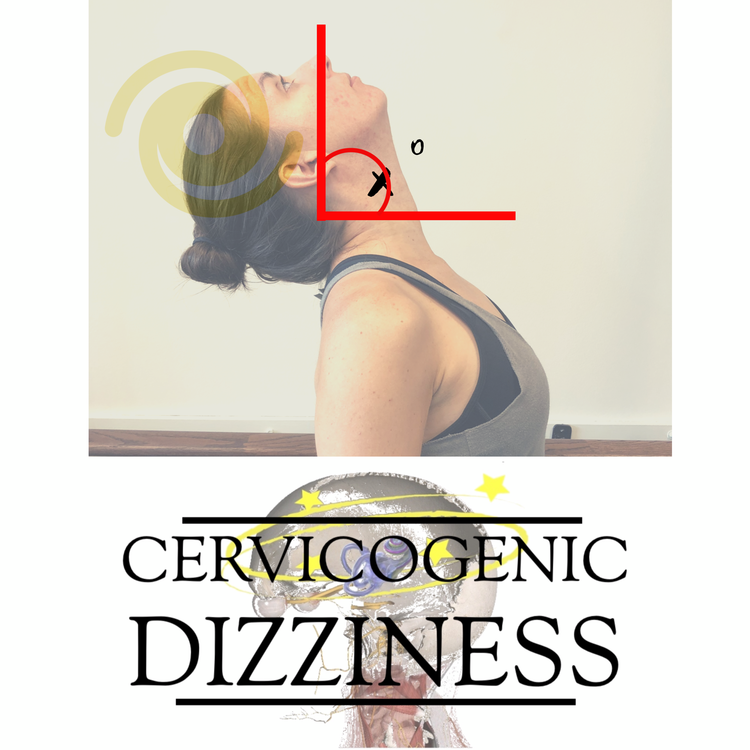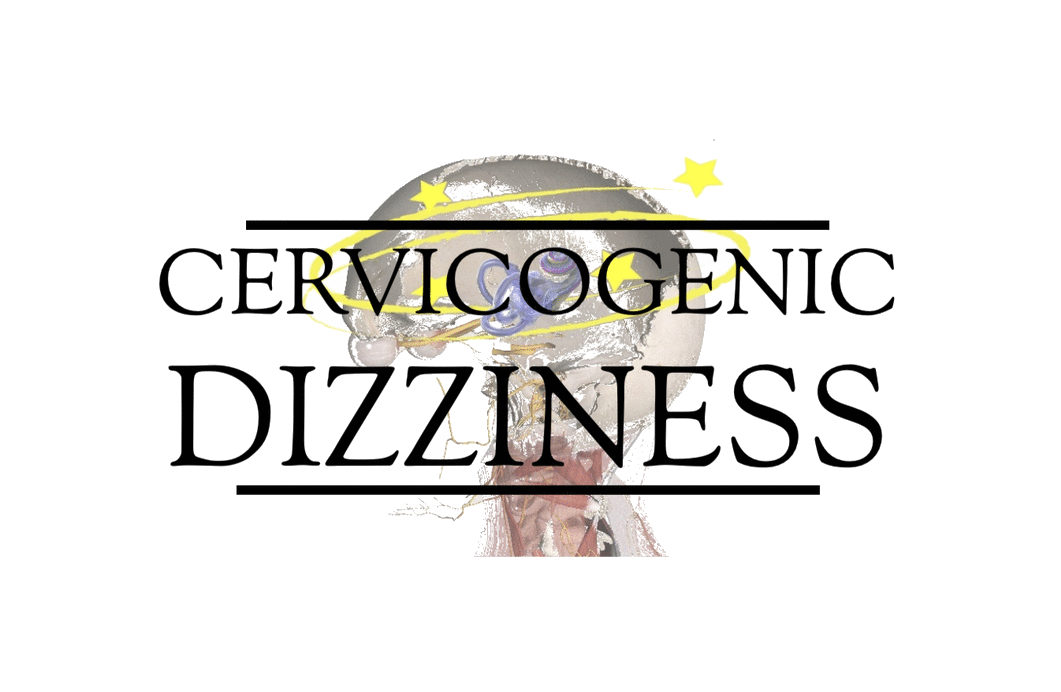Can Cupping Therapy help Dizziness?

Can Cupping Therapy help Dizziness?
Cupping therapy can be described as a technique that uses cups placed over the skin to create negative pressure through suction. It has been in use all over the world for centuries for many musculoskeletal and some non-musculoskeletal conditions. The treatment approach has created more buzz in the Physio world for the past few years for musculoskeletal conditions, mostly pain.
I believe the pictures of Olympic swimmer, Michael Phelps, in 2016 games was the reason the modality was brought to the attention of the most of the western world. Therefore, it struck a chord with the sport and active crowd!
There are two types of cupping methods, dry and wet. Dry cupping is noninvasive with no bloodletting. Wet cupping is invasive and includes bloodletting. The current western approach by physios / chiropractors and massage therapists use the dry cupping method.
Our profession has then created many variations of cupping approaches. Some clinicians leave them in place for a period of time with the patient still. Some clinicians move the cups over the skin themselves through different planes. Some clinicians even leave them in place for a period of time on patients but have the patient move in a therapeutic manner.

THE QUESTION THAT I HAVE NEVER ENCOUNTERED BEFORE IS THE TITLE OF THIS BLOG: "CAN CUPPING HELP DIZZINESS?"
To answer that question from the medical research, I take the reader to a case report by Almusleh and Ansari in 2020 entitled "Integrating Cupping Therapy in the Management of Sudden Sensorineural Hearing Loss: a Case Report" in the journal, Cureus. You can access it free here.
I find it interesting to read literature outside our profession as it broadens the mindset of what others can do. It is the same reason I get any PT student to observe local chiropractors, acupuncturists, podiatrists, running shoe store owners, etc as we tend to get stuck in our own ways that exercise fixes everything!
If you read the title, you will realize that the authors were mainly writing about the effects of wet cupping for sudden sensorineural hearing loss that failed conventional medical treatment, but within the report, you will see this statement on dizziness changes:
DHI {Dizziness Handicap Inventory} score was improved from an initial 52 score to 0 (no handicap at all)
And this conclusion:
In our case, WCT {wet cupping therapy} improved the feeling of fullness after the first session and improved hearing loss, tinnitus, and dizziness after the completion of the WCT treatment regime (12 weeks).
We don't recommend every patient with dizziness to get wet cupping from the report by any means! However, I think it does show a link between many symptoms: dizziness, hearing loss, tinnitus and pain. It also shows a manual therapy approach can be helpful for these conditions, including dizziness.
Cervicogenic Dizziness Course
You can learn more about the screening and treatment process of Cervicogenic Dizzinesss through Integrative Clinical Concepts, where the authors (husband–a manual therapist a wife—a vestibular specialist), teach a very unique course combining both the theory and practice of vestibular and manual principles in their 2-day course. Pertinent to this blog post, the 2nd day includes the “Physio Blend”, a multi-faceted physiotherapist approach to the management of Cervicogenic Dizziness, which includes treatments of the articular and non-articular system of manual therapy and the most updated sensorimotor exercise regimen.
If you would like to host a course for your staff (either a vestibular, neuro, sports or ortho clinic), please do not hesitate to contact me at harrisonvaughanpt@gmail.com for more information.
AUTHORS
Harrison N. Vaughan, PT, DPT, OCS, Dip. Osteopracic, FAAOMPT
Instructor: Cervicogenic Dizziness for Integrative Clinical Concepts
Danielle N. Vaughan, PT, DPT, Vestibular Specialist
Instructor: Cervicogenic Dizziness for Integrative Clinical Concepts


